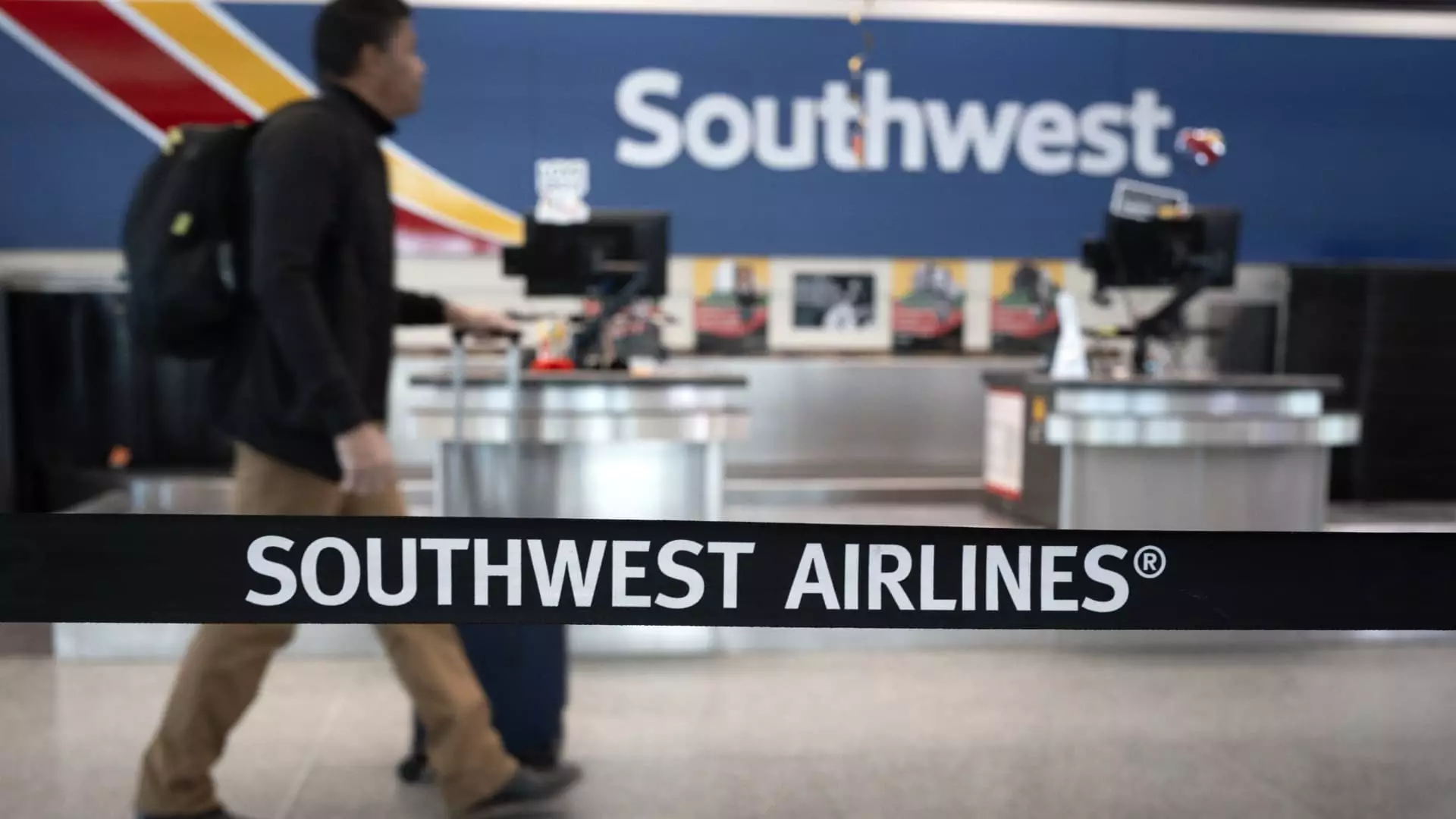The travel industry is undergoing seismic shifts, and no change is more telling than Southwest Airlines’ recent decision to start charging for checked baggage. For over fifty years, the airline’s iconic “two bags fly free” policy was a hallmark of its brand, distinguishing it clearly from competitors who capitalized on the potential for profit from baggage fees. However, amid increasing financial pressure and changing market dynamics, this fan-favorite policy is being scrapped, signaling a significant pivot for the airline and its customers. As travelers, we must brace ourselves for what this means for our flying experience moving forward.
Pressure from Financial Stakeholders
At the heart of Southwest’s shift lies mounting pressure from investors. Elliott Investment Management, a notable stakeholder, has been vocal about the airline’s need to enhance revenue streams. With baggage fees bringing in an astounding $7.3 billion for U.S. airlines in the previous year, it’s clear that the potential for profit is hard to ignore. Despite the historical sentiment behind free checked bags, the cold reality of increased airline revenue must take precedence for stakeholders seeking greater returns. While the exact fee has yet to be announced, similar carriers typically charge around $35 to $40 for the first checked bag, indicating that passengers should prepare for additional expenses when booking flights with Southwest from now on.
Impact on Consumers
With this new baggage fee policy rolling out, the immediate impact on consumers will be felt acutely. For those purchasing tickets post-implementation, the previously unencumbered travel experience will now be marred by additional costs that were once deemed unnecessary. While certain demographics, such as top-tier Rapid Rewards members and Business Select customers, retain the privilege of one or two free checked bags, the policy change means that the average traveler will now have to factor in unexpected baggage fees to their travel budgets.
Moreover, for those loyal customers accustomed to the open-seating model and the predictability of having ample space for their bags, these changes can feel like a betrayal. It not only erodes the longstanding relationship built on trust with the airline but also incentivizes travelers to reconsider their loyalty.
Changes Beyond Baggage Fees
As if the baggage fee was not enough of a shake-up, Southwest is also introducing basic economy tickets, paralleling the strategies employed by major competitors like Delta and United. These tickets come with more restrictions, including limited change capabilities and shorter fare credit expiration. The stark reality of what was once an easy-going flying experience is being replaced by varying tiers of cost-cutting and restrictive policies aimed at maximizing profits.
Additionally, the elimination of the Wanna Get Away fare, the former lowest-tier ticket, indicates that Southwest is not merely introducing fees but fundamentally altering its fare structure. The move signals a departure from its once-simple pricing model in favor of complexity that reflects the wider industry trends toward profitability over customer loyalty.
The Future of Open Seating
Another cornerstone of the Southwest experience has been the open-seating policy, where passengers clamored for the best boarding position. However, as part of this transition, the airline plans to introduce seat assignments for flights as far out as 2026. This departure from the tradition of “first come, first served” amidst chaos and camaraderie opens up a new chapter that may strip away some of the culture built over decades. Despite the allure of an open-seating experience, the additional comfort of assigned seats may lure customers away from competitors, creating a new kind of traveler experience that remains to be fully seen.
Meanwhile, to adapt to the rising numbers of carry-on luggage, Southwest executives are also prioritizing larger overhead bins. This response to anticipated behavioral shifts is a welcome initiative for travelers accustomed to carrying more due to increased costs associated with checking bags. However, it raises the question: will these costs ultimately outweigh the convenience the airline initially promised?
Customer Sentiment and Future Outlook
Even as these changes draw ire from a disgruntled customer base, the management maintains that demand remains steady. CEO Bob Jordan’s assertion that the policy change hasn’t deterred customer sentiment is daring, at best. While it’s understandable for the airline to project confidence in the wake of these significant adjustments, a wave of negative feedback on social media suggests that many passengers are not pleased. As expectations shift and the flight experience is redefined, the challenge lies in how well Southwest can navigate potential losses in customer loyalty against the backdrop of operational profitability.
Ultimately, the landscape of air travel is undeniably evolving, with Southwest Airlines at the forefront of a turbulent transformation. How the airline reconciles its long-standing commitment to customer service with the imperative for financial gain will remain a point of contention for travelers and executives alike in the days to come.

